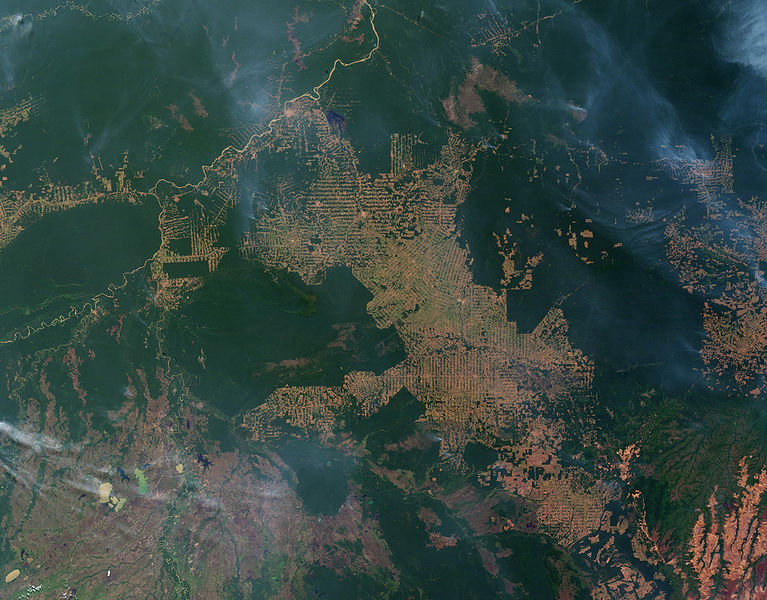

This little plant is commonly known as ‘”hot lips” or “hooker’s lips.” However, its true name is Psychortia Elata, and as you can see, it is a very unique type of plant. Contrary to popular beliefs, the hooker’s lips aren’t actually flowers. Rather, they are leaf-like bracts. Flamboyantly coloring forests and grasslands, the hot lips are the flashy cover to the small white flowers and the little oval berries that hide beneath, turning black or blue once fully grown.
This plant is from the Psychotria genus in the family Rubiaceae, which contains about 1900 different species. And the bright colors on the pouty lip-like leaves don’t just fascinate humans; they also capture the attention of butterflies and silkmoths.
This beautiful set of lips can be found in the tropical rain forests of South and Central American, in countries such as Colombia, Costa Rica, and Panama. But sadly, we might have to kiss this beauty goodbye: This plant is becoming quite rare these days due to uncontrolled deforestation and an increase in popularity with plant collectors.

Deforestation has been rampant during the last few decades. While you have a cup of coffee and glance through the morning paper (or every 15 min), an area equal to over 200 football fields of the Amazonian rainforest will have been destroyed. Ultimately, it is the immeasurable forces of globalization and industrialization that are invading Earth’s habitats. If left unchecked, it will have dramatic consequences for more than just the Psychortia Elata. In the past few decades, deforestation was not much of a concern; however, besides killing many thousands of species, it also killed hundreds of people in land wars, and it has left another countless number without homes.
Over the course of the past 4 decades, almost 20 percent of the Amazon rainforest has been cut down in order to supply us with our ever increasing demands. Ultimately, more was lost over the course of 40 years than over the previous 450 years since the start of European expansion and colonization. Moreover, these numbers do not account for selective logging, which causes significant damage but is less easily observable than clear-cuts.

Of course, species extinction is a natural process. However, it has been dramatically accelerate by human activities. And although it is impossible to know exactly how many species are lost each year, one thing is certain–If we do not alter our habits and start seriously working towards a sustainable future, this beautiful plant (and many like it) will be lost.